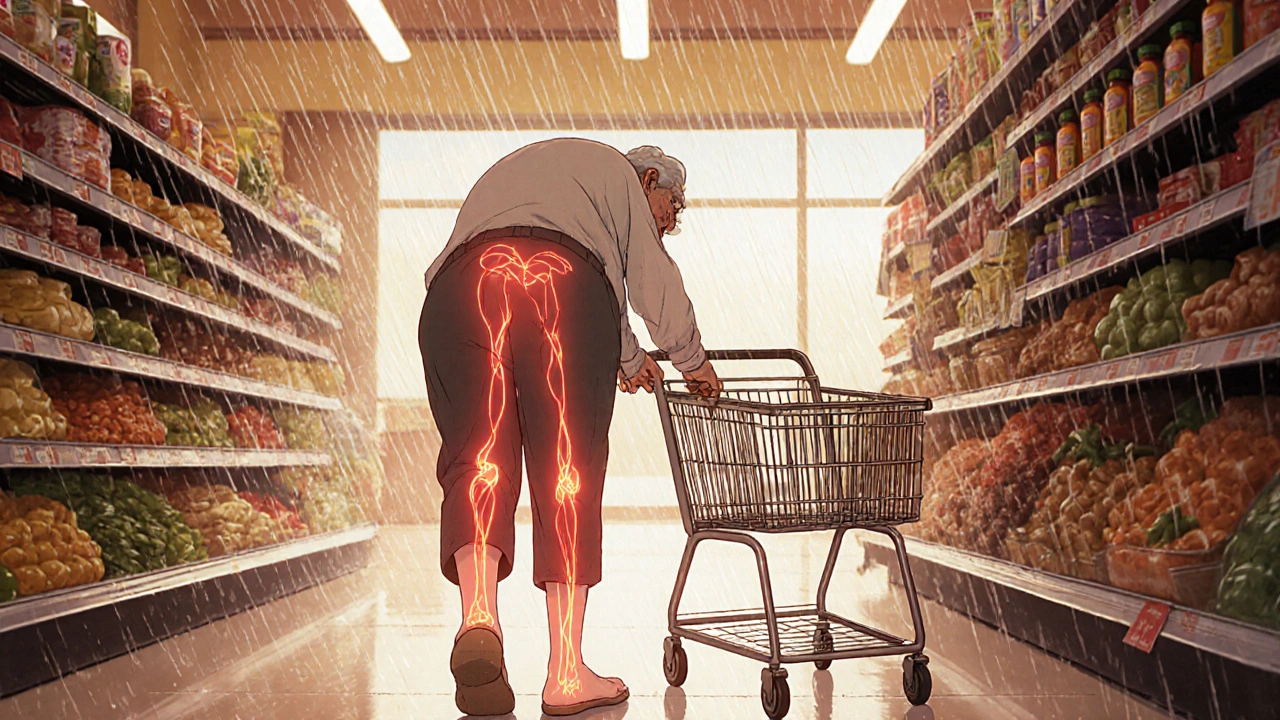Lumbar Stenosis Treatment: What Works, What Doesn't, and What to Ask Your Doctor
When your lower back hurts so bad that walking even a few blocks feels impossible, you’re not just dealing with pain—you’re dealing with lumbar stenosis, a narrowing of the spinal canal in the lower back that presses on nerves and causes pain, numbness, or weakness in the legs. Also known as spinal stenosis, it’s one of the most common reasons people over 50 start limiting their daily activities. This isn’t just "old age"—it’s a physical change in your spine that can be managed, often without surgery.
Most people with lumbar stenosis start with NSAIDs, nonsteroidal anti-inflammatory drugs like ibuprofen or naproxen that reduce swelling around compressed nerves. But they’re not a long-term fix. These drugs help with inflammation, but they don’t fix the root problem: pressure on the nerves. That’s where physical therapy comes in. A good therapist doesn’t just stretch your back—they teach you how to move differently, strengthen your core to take pressure off your spine, and find positions that ease the pain. Many patients find relief just by learning to stand slightly forward or use a walker, which opens up the spinal canal.
It’s not about pushing through pain. It’s about changing how you live with it. Some people need injections to calm down inflamed nerves. Others benefit from walking programs that build endurance without overloading the spine. And yes, surgery is an option—but only when other treatments fail and the pain is stopping you from doing basic things like standing in line or sleeping through the night. The key is knowing what your body can handle and when to stop trying to tough it out.
What you’ll find below aren’t generic advice articles. These are real, practical guides from people who’ve been there: how to use OTC pain meds safely when you have stenosis, why some exercises make it worse, how to tell if your back pain is nerve-related or just muscle strain, and what alternatives exist if NSAIDs give you stomach issues. You’ll see how medications like meloxicam or naproxen fit into a bigger plan, and how tools like digital adherence trackers help people stick with treatments that actually work. This isn’t about miracle cures. It’s about building a smart, sustainable plan—one that lets you keep moving, even with a narrowed spine.
Spinal Stenosis and Neurogenic Claudication: How to Recognize Symptoms and Choose the Right Treatment
Neurogenic claudication causes leg pain when walking due to spinal stenosis. Learn how to spot the shopping cart sign, differentiate it from vascular issues, and choose effective treatments - from exercise to surgery.
© 2025. All rights reserved.

